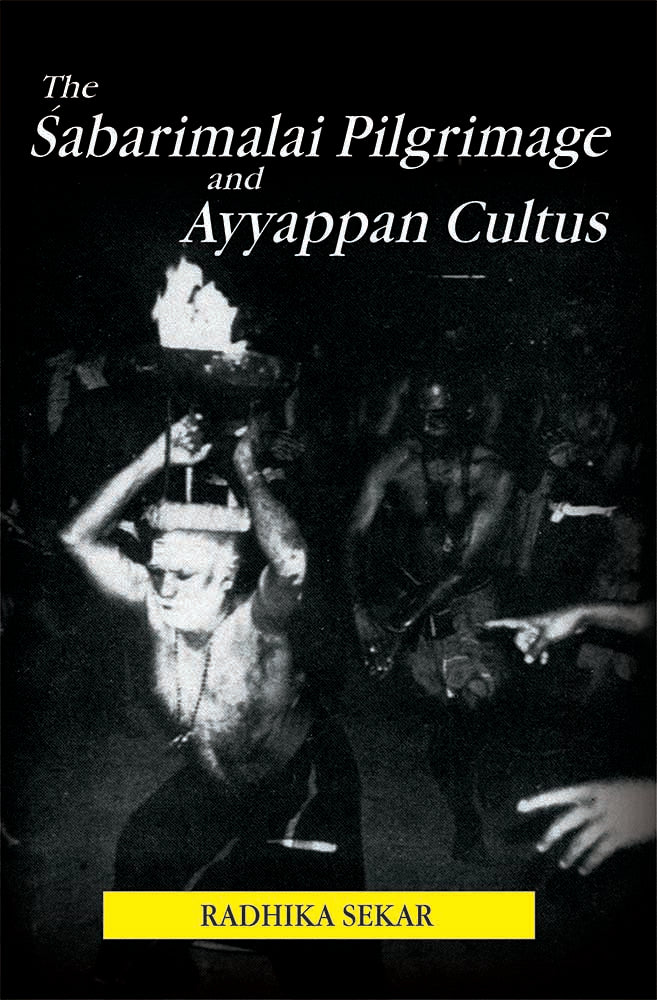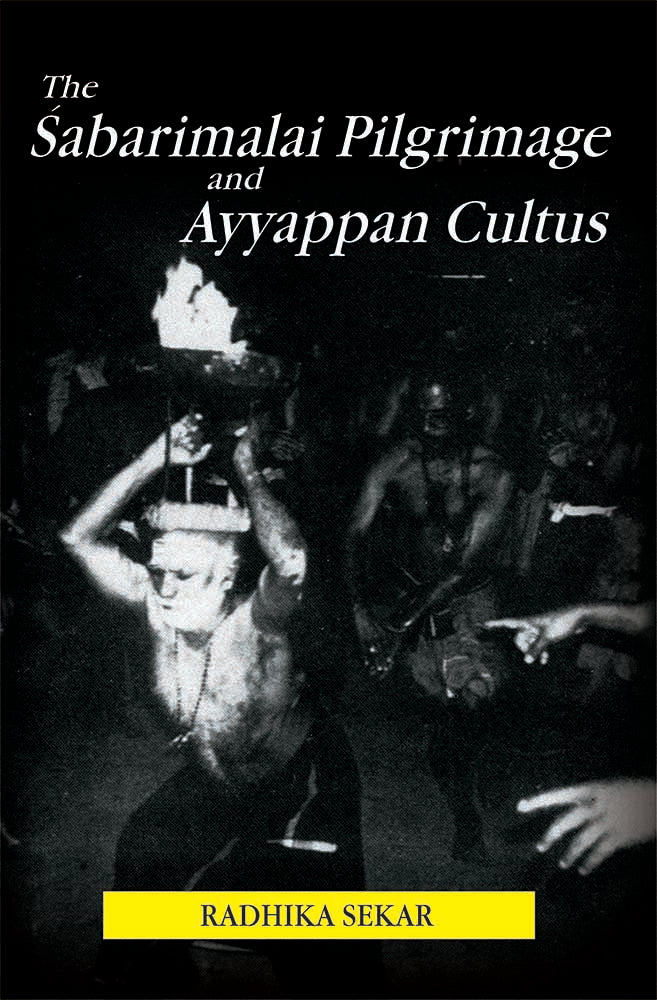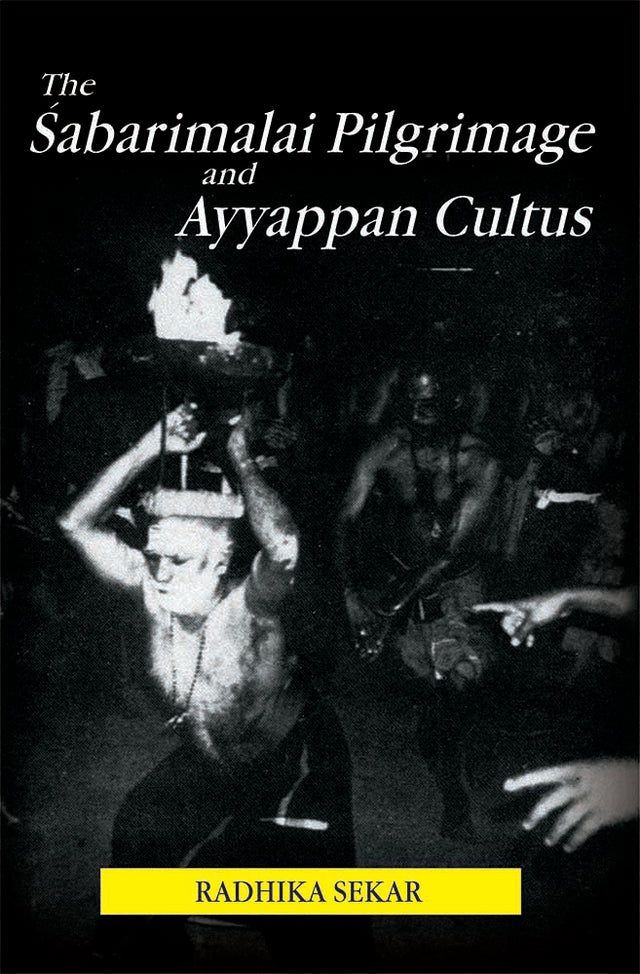The Sabarimalai Pilgrimage and Ayyappan Cultus
The Sabarimalai Pilgrimage and Ayyappan Cultus - Paperback is backordered and will ship as soon as it is back in stock.
Couldn't load pickup availability
Every year, a million pilgrims travel to the shrine of Lord Ayyappa in Šabarmalai in what has become the second largest pilgrimage phenomenon in the world. The origins of the deity Ayyappa can be traced to antiquity; however it is only in the last four decades that the movement has gained momentum and popularity. spreading beyond the parochial limits of Kerala.
This pilgrimage has three special features. Firstly, while it bars females between the ages of nine and fifty, it is open to males of all ages, castes and creeds. Christians and Muslims also participate in this pilgrimage. Secondly, the pilgrims observe a vratam for forty-one days prior they abstain from alcohol and meat and maintain the strictest celibacy. Thirdly, the Ayyappas as the pilgrims are called, are initiated into the cultus by a simple mālā ceremony. After initiation they wear black clothes and the mala at all times as a mark of their commitment.
About the Author:
RADHIKA SEKAR completed her post-graduate studies in Anthropology at the Carleton University, Ottawa, where she is sessional lecturer in the department of Religion. She is also involved in producing educational videos on Hinduism.
-
Pages
-
Edition
-
Size
-
Condition
-
Weight (kg)
-
Publication Year
-
Country of Origin
-
Territorial Rights
-
Reading Age
-
HSN Code
-
Publisher




